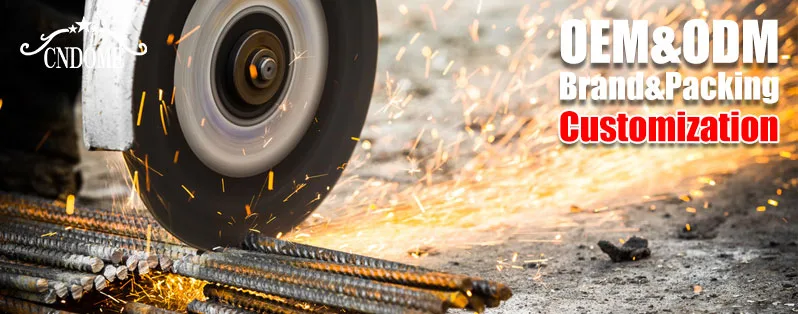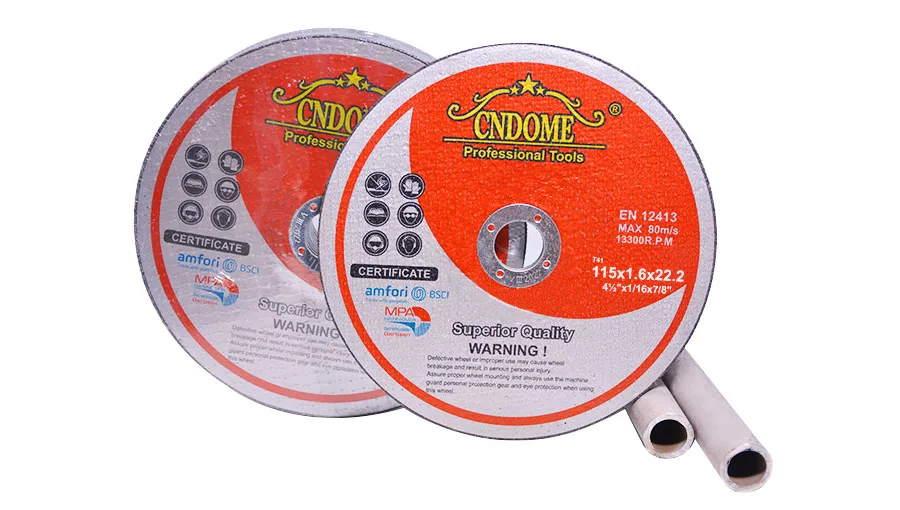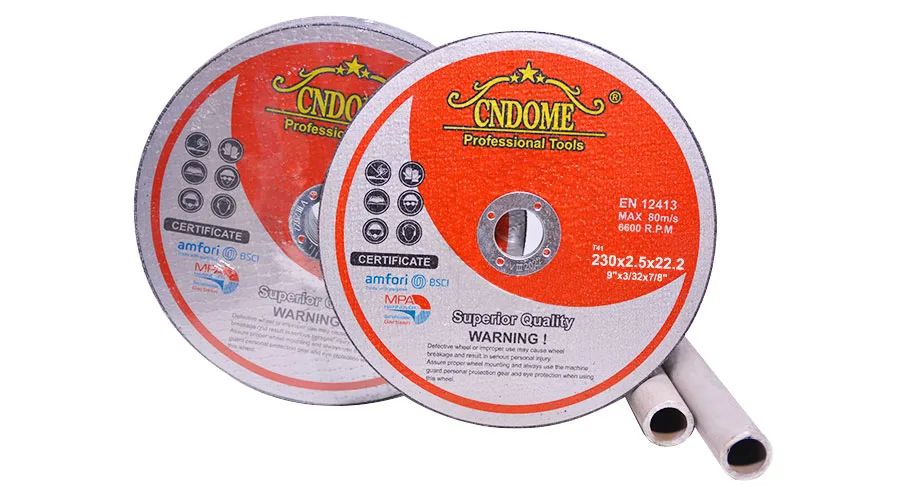Cut off wheels are indispensable tools in various industries, providing efficiency and precision in cutting through a wide range of materials. Whether you’re working with metal, concrete, or other tough substances, cut off wheels play a crucial role in achieving clean, accurate cuts. In this blog post, we’ll delve into the world of cut off wheels, exploring their types, applications, proper usage, and maintenance.
Types of Cut Off Wheels:
1. Abrasive Wheels:
- Silicon Carbide Wheels: Ideal for cutting non-ferrous metals, masonry, and stone.
- Aluminum Oxide Wheels: Well-suited for cutting ferrous metals, aluminum, and other materials.
2. Diamond Blades:
- Suitable for cutting hard materials like concrete, tile, and stone.
- Ideal for precision cuts and long-lasting performance.
3. Fiber-Reinforced Wheels:
- Enhanced with fiberglass for extra durability and strength.
- Resistant to breakage and designed for heavy-duty applications.
Applications of Cut Off Wheels:
1. Metal Fabrication:
- Cutting through various metals, including steel, stainless steel, and aluminum.
- Creating precise cuts for welding and fabrication projects.
2. Construction and Masonry:
- Cutting concrete, brick, and tile with precision.
- Facilitating construction tasks such as installing pipes and electrical work.
3. Automotive Industry:
- Trimming and shaping metal components in auto body repair.
- Cutting through exhaust pipes and other automotive materials.
4. DIY Projects:
- Enabling homeowners and DIY enthusiasts to make accurate cuts in various materials.
- Perfect for home improvement projects and crafting.
Proper Usage and Safety Tips:
1. Wear Protective Gear:
- Safety glasses, gloves, and ear protection are essential when using cut off wheels.
- Dust masks are recommended to prevent inhaling harmful particles.
2. Choose the Right Wheel for the Job:
- Select the appropriate type and size of cut off wheel for the material you are cutting.
- Ensure the wheel is compatible with your power tool.
3. Inspect Before Use:
- Regularly check cut off wheels for any signs of damage or wear.
- Replace damaged or worn-out wheels to prevent accidents.
4. Proper Mounting:
- Ensure the cut off wheel is securely mounted on the power tool.
- Follow the manufacturer’s guidelines for proper installation.
Maintenance Tips:
1. Clean Blades Regularly:
- Remove debris and accumulated material from the cut off wheel after each use.
- This enhances performance and prolongs the life of the wheel.
2. Store Properly:
- Store cutting off wheels in a dry, cool place to prevent rust and other damage.
- Keep them away from direct sunlight and extreme temperatures.
Conclusion:
Cut off wheels are indispensable tools that cater to a myriad of cutting needs across various industries. Choosing the right type, adhering to safety measures, and proper maintenance are key factors in maximizing the efficiency and longevity of these tools. Whether you’re a professional tradesperson or a DIY enthusiast, understanding the nuances of cut off wheels will undoubtedly enhance the quality of your cutting tasks.



